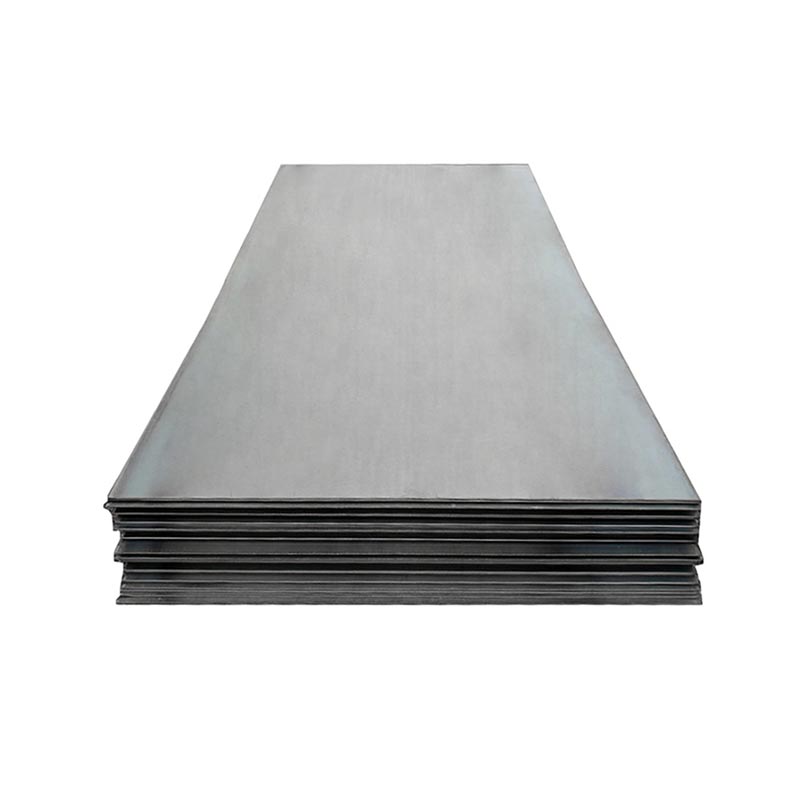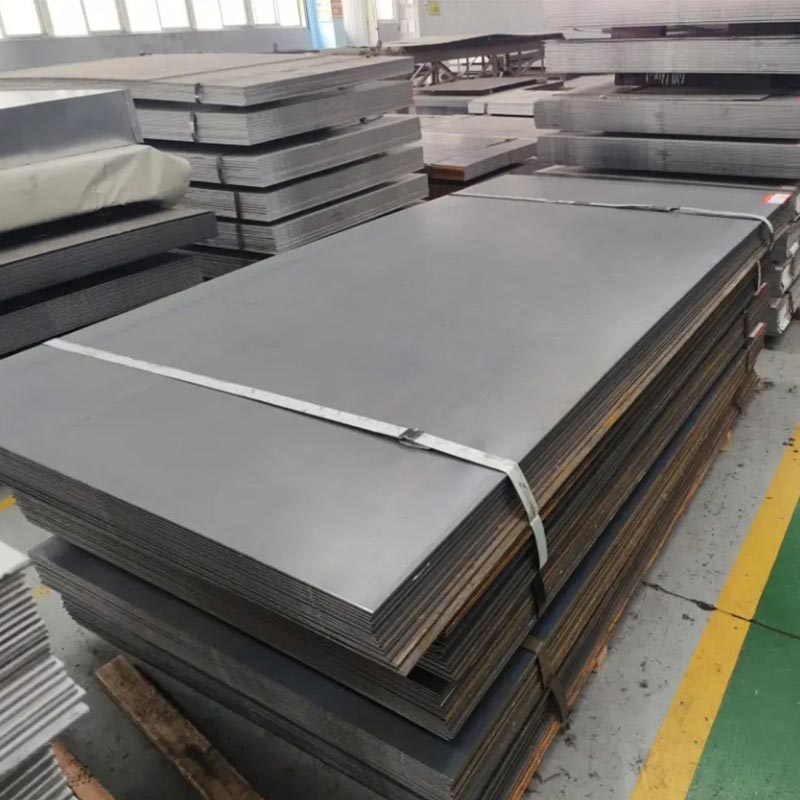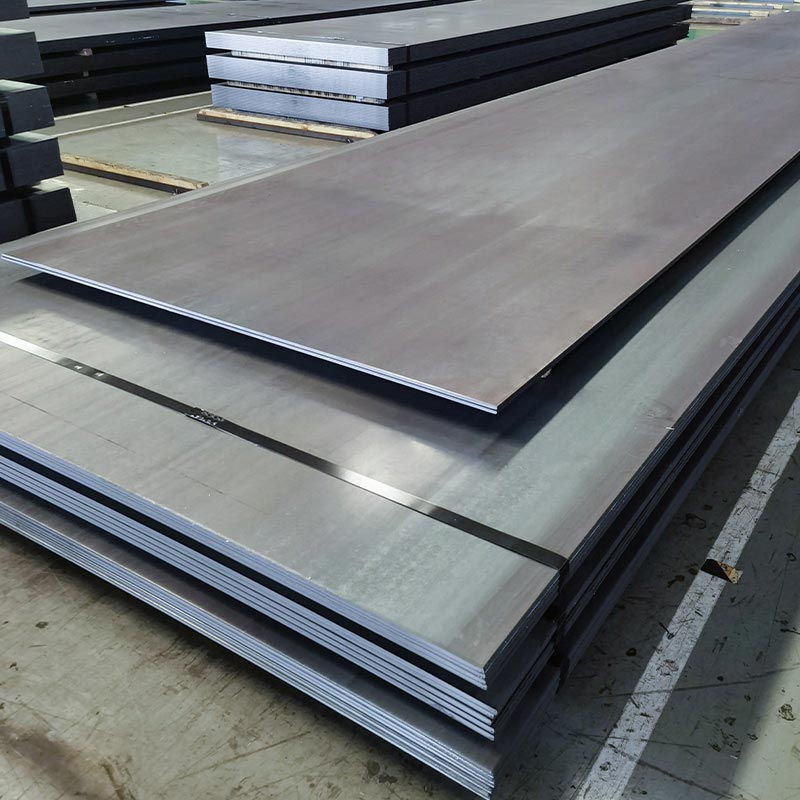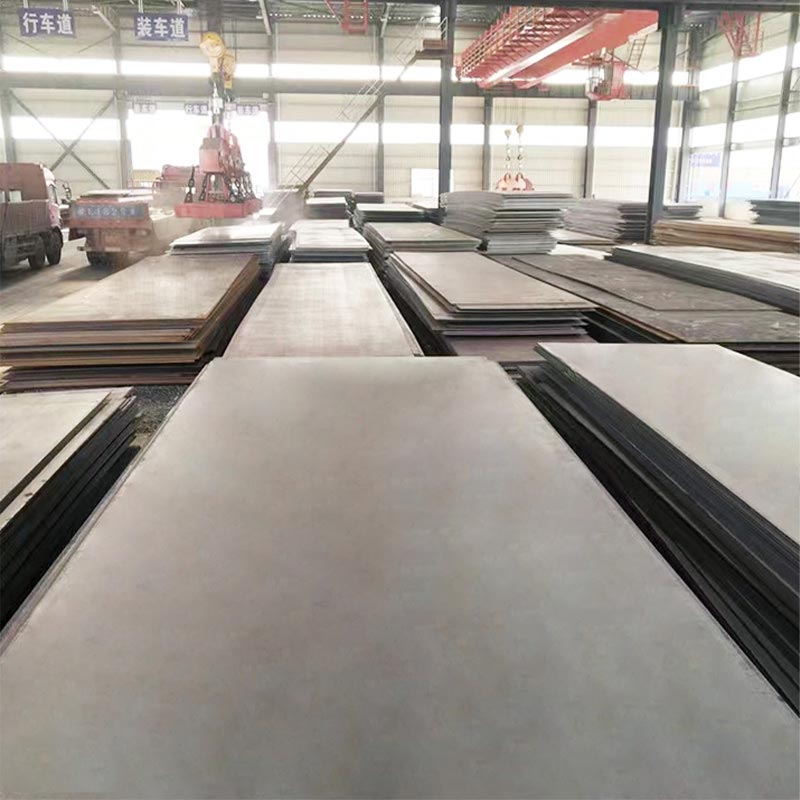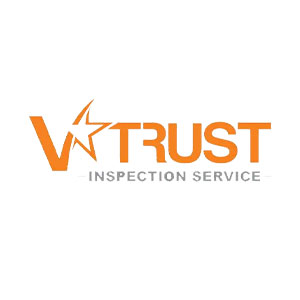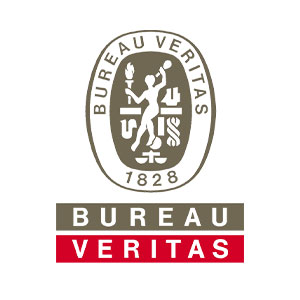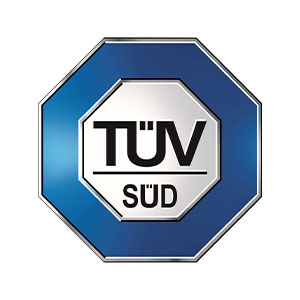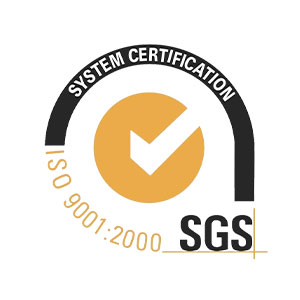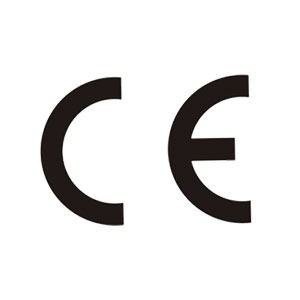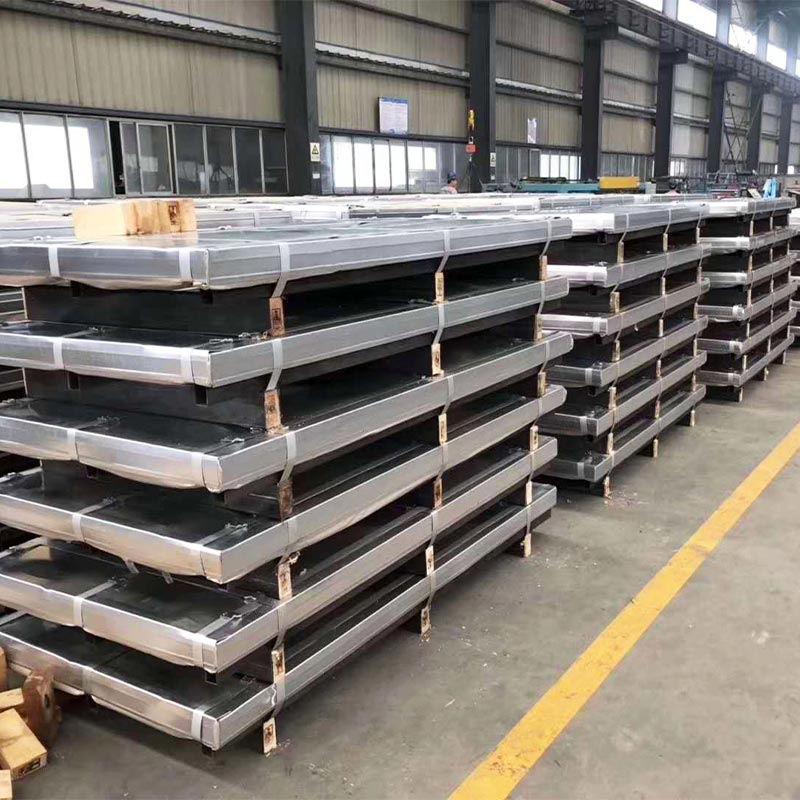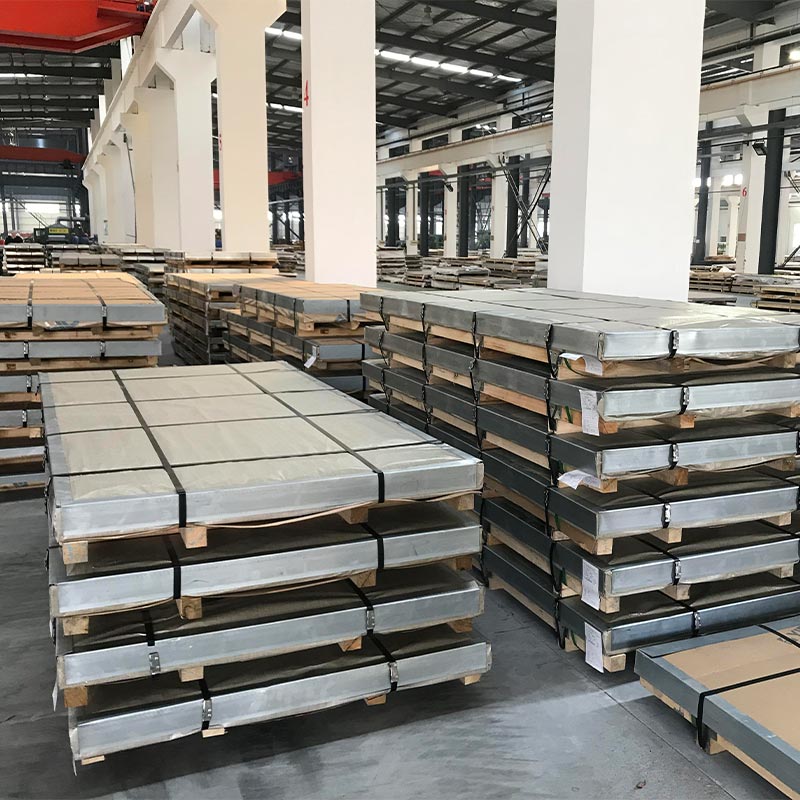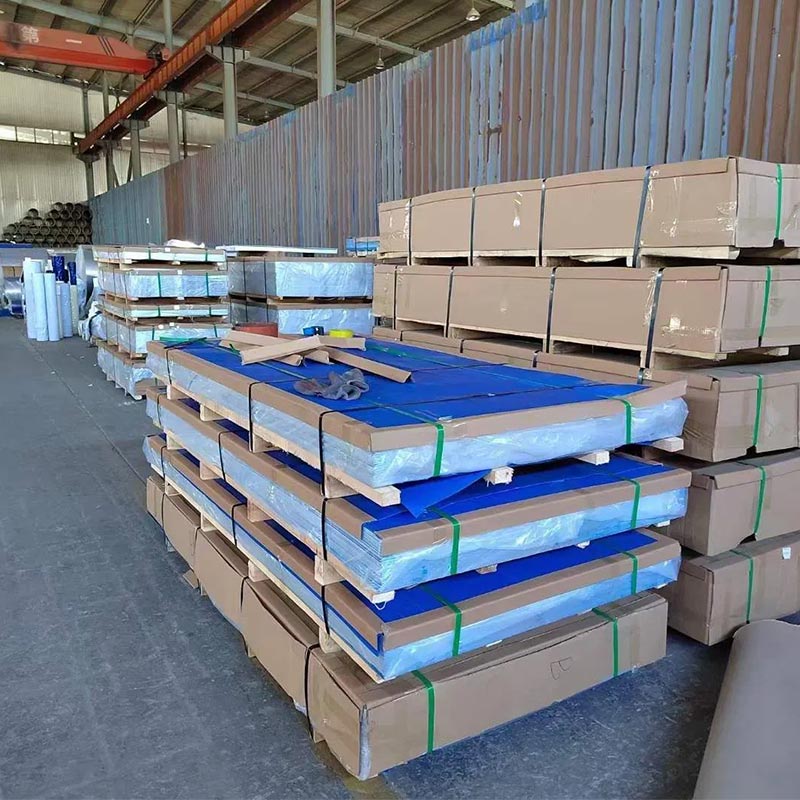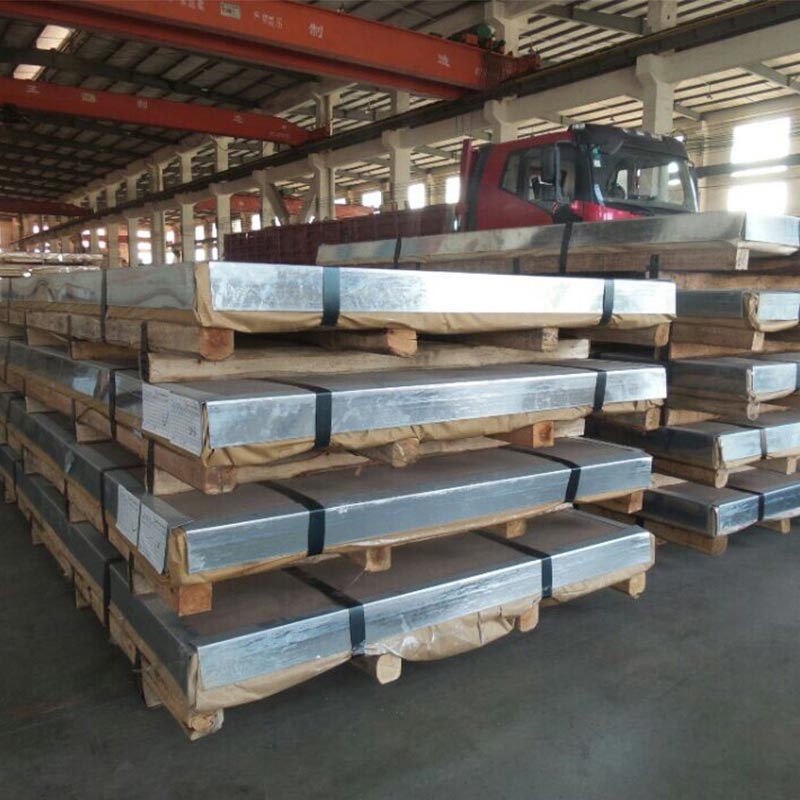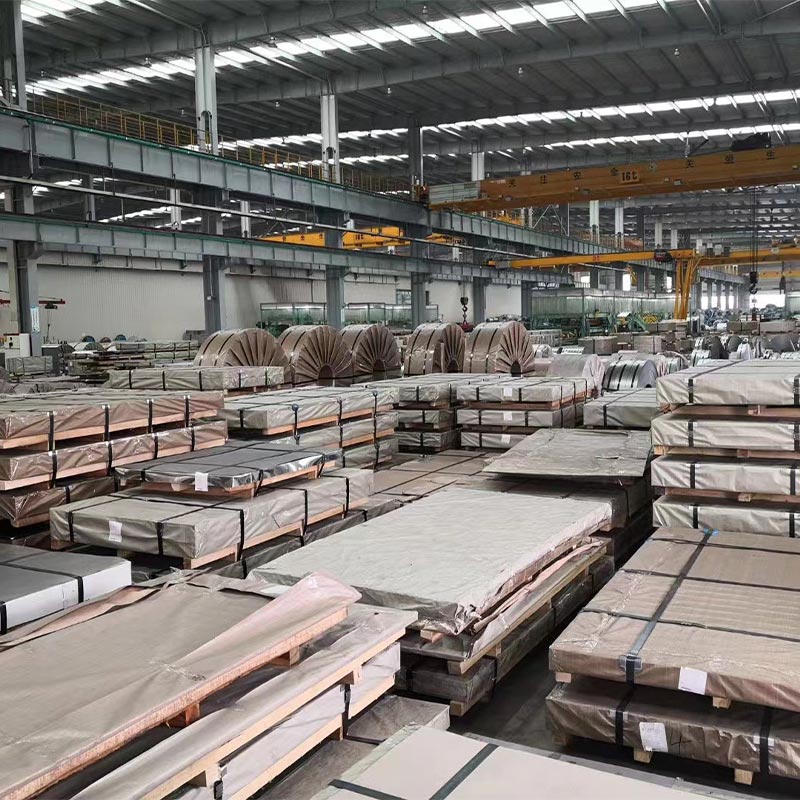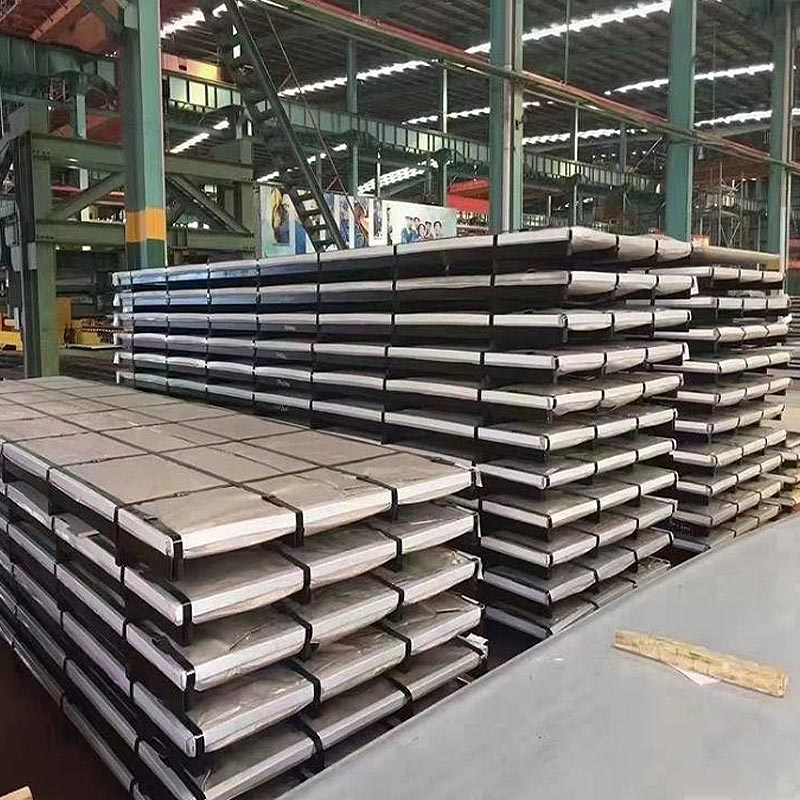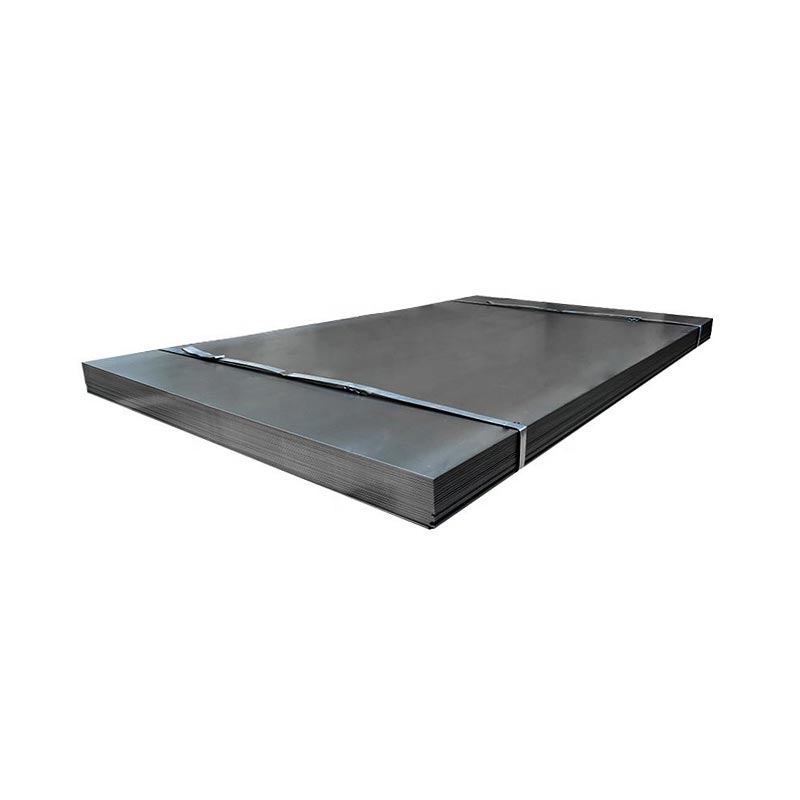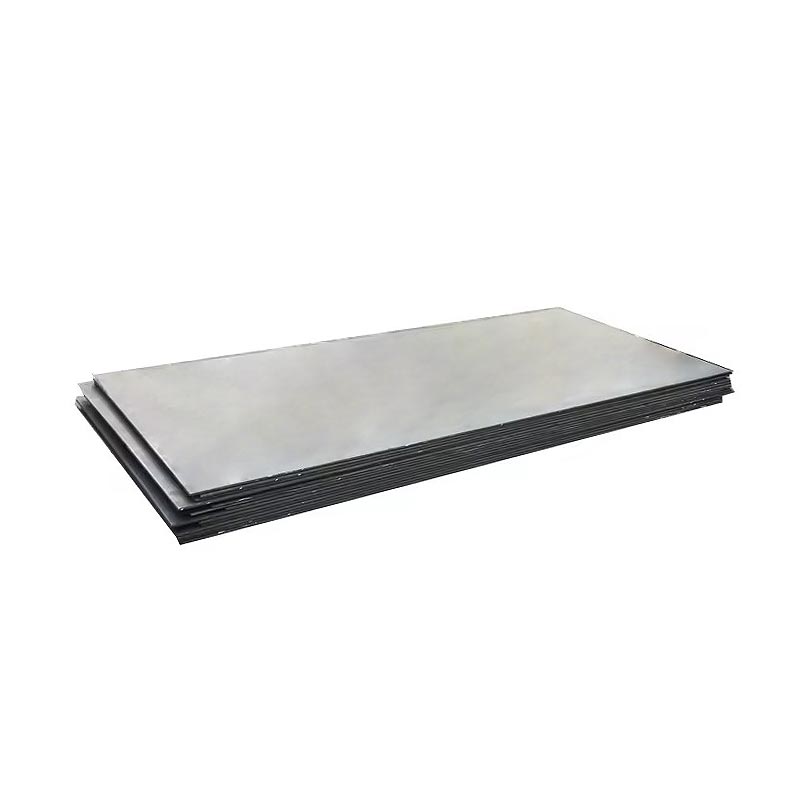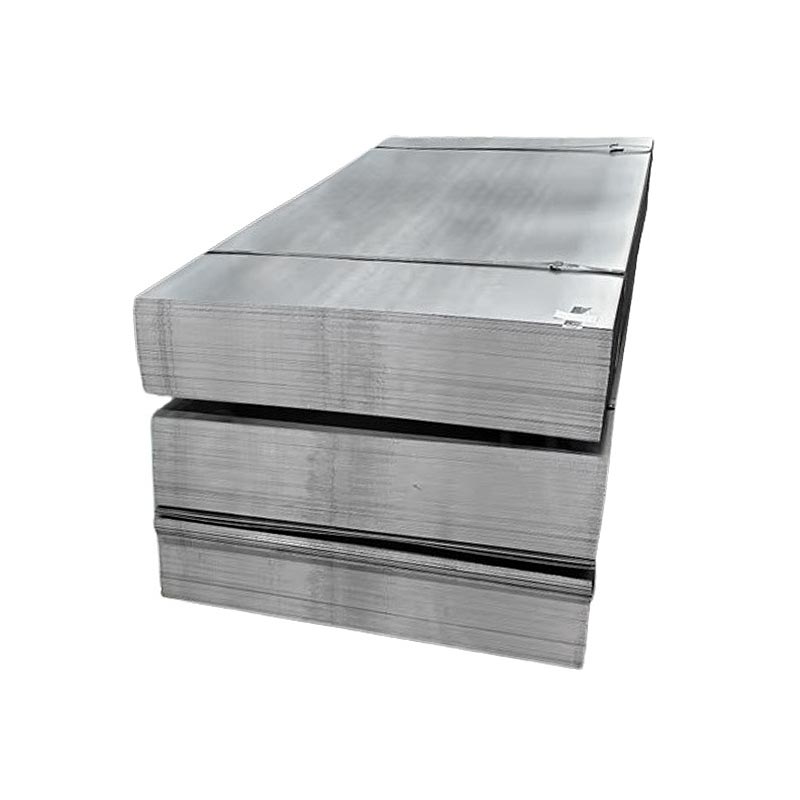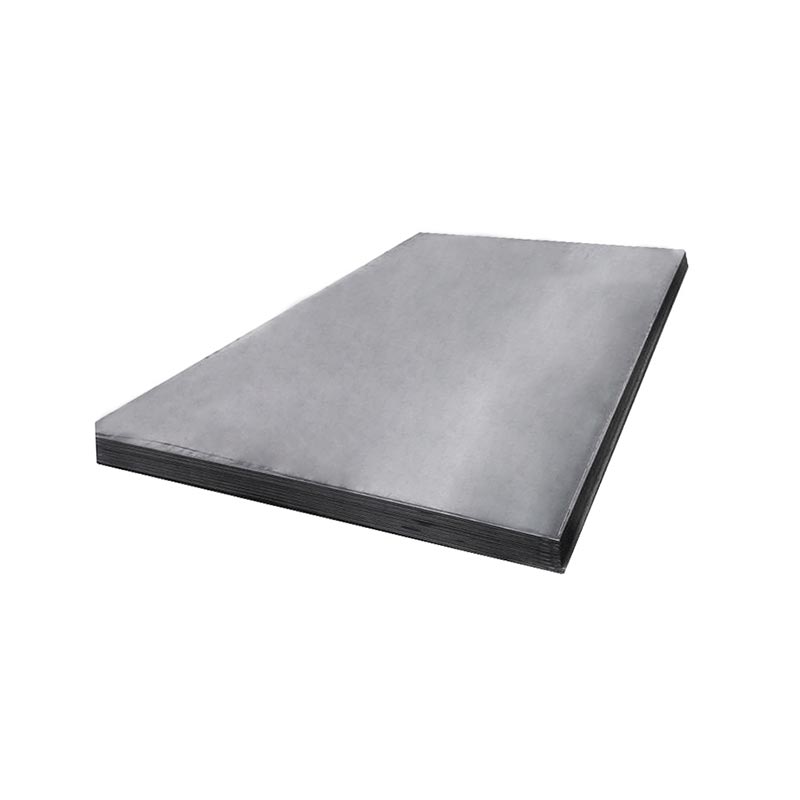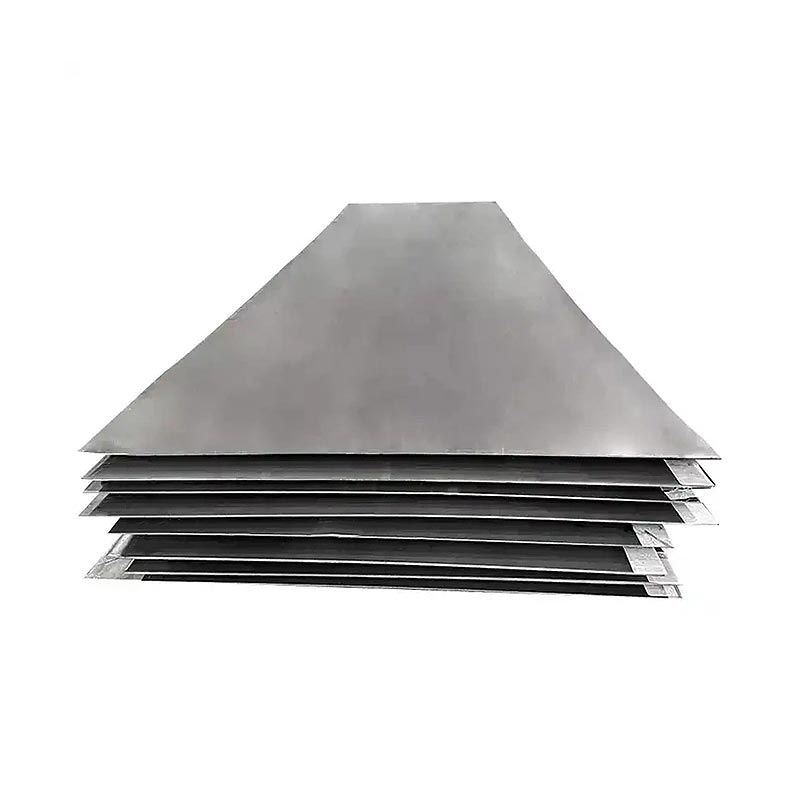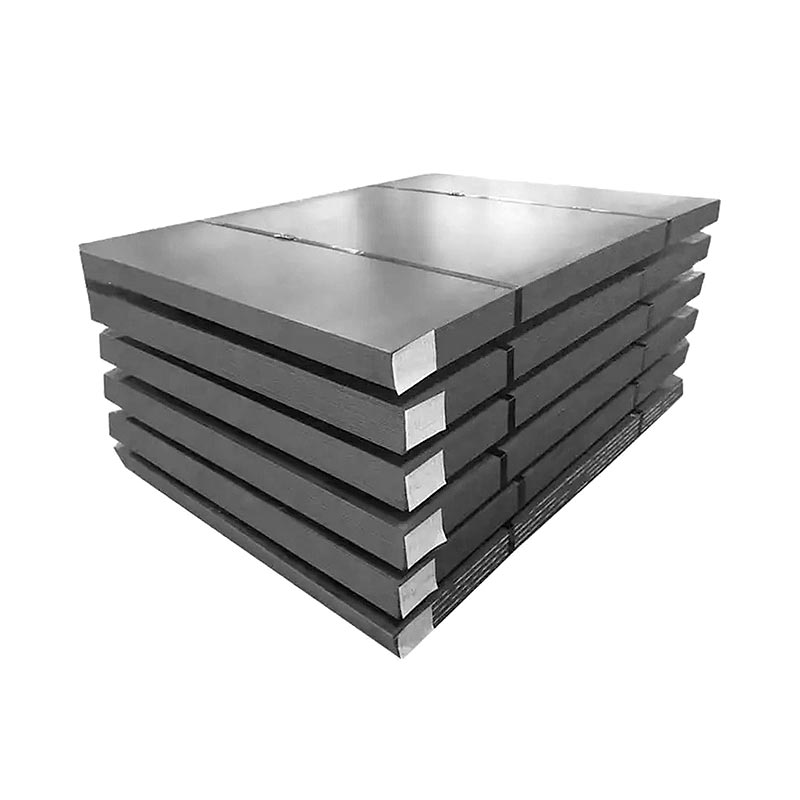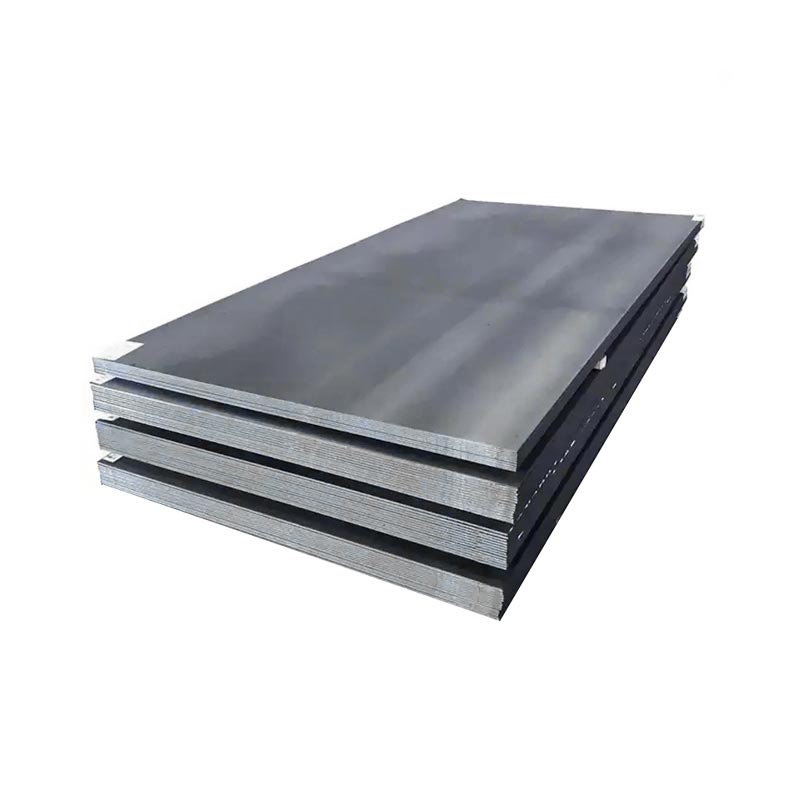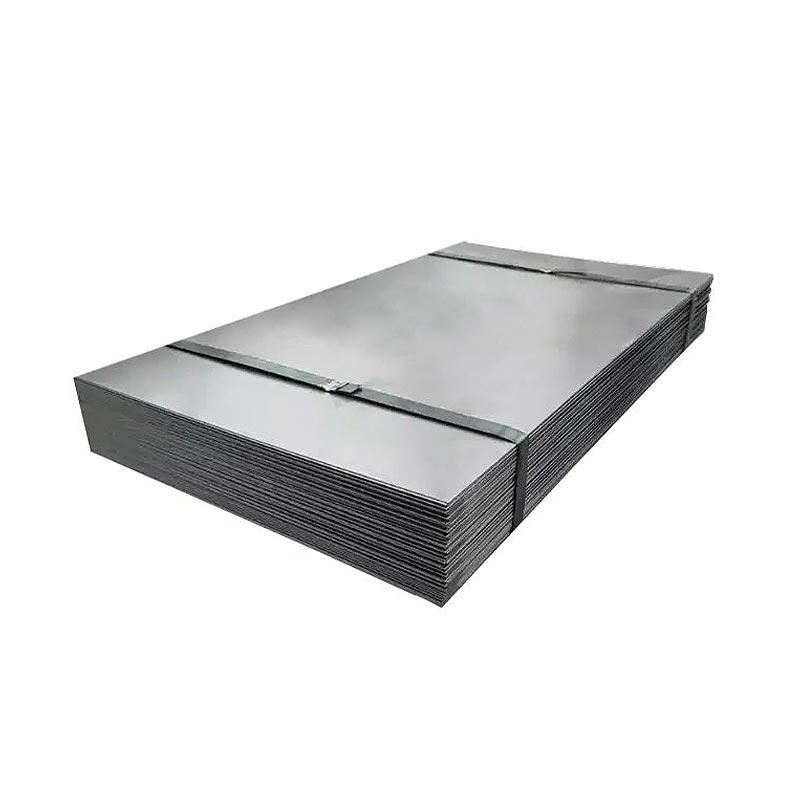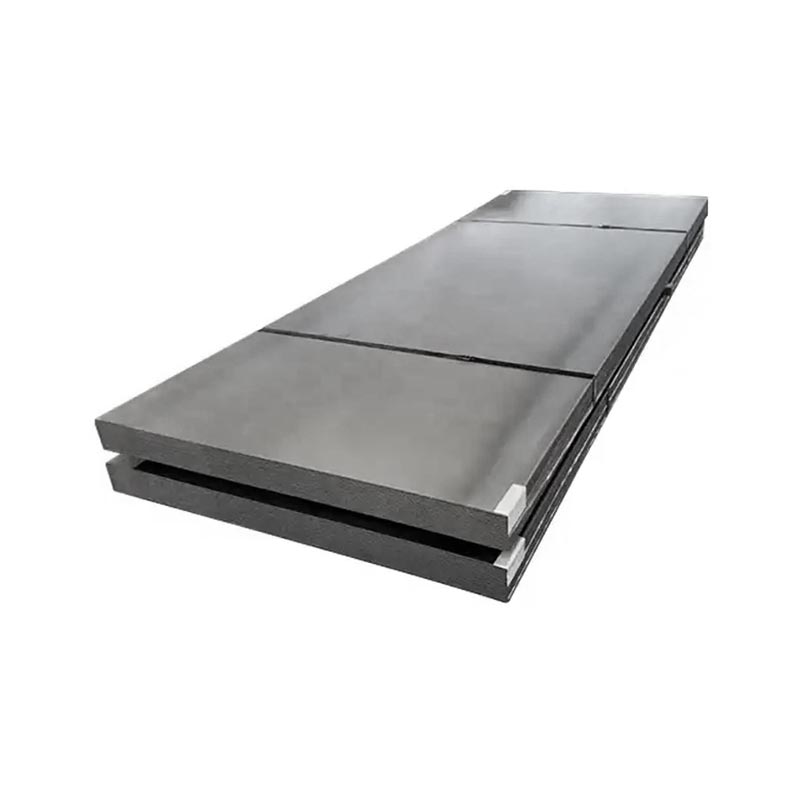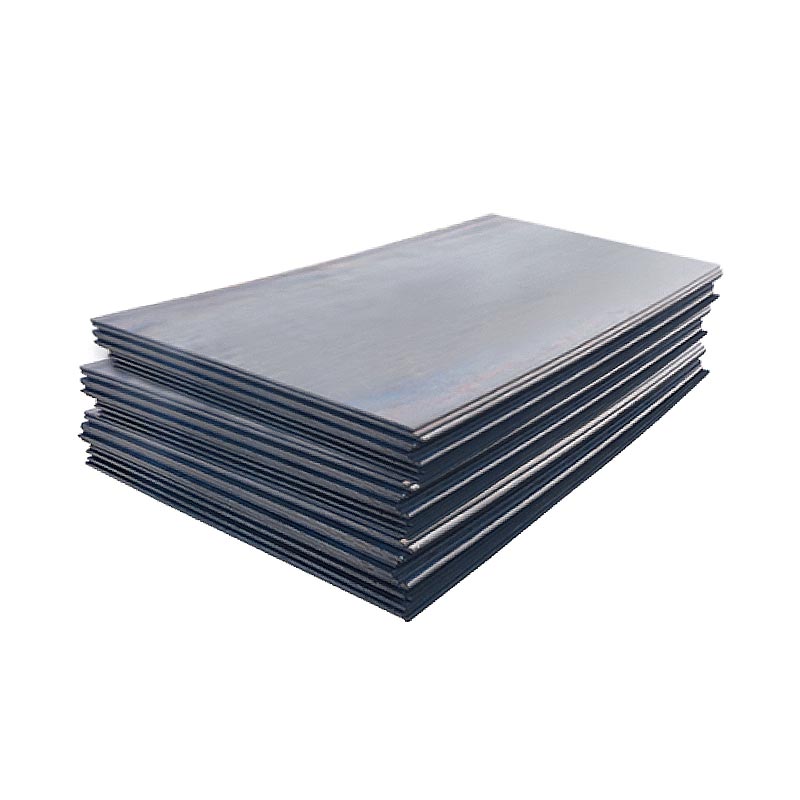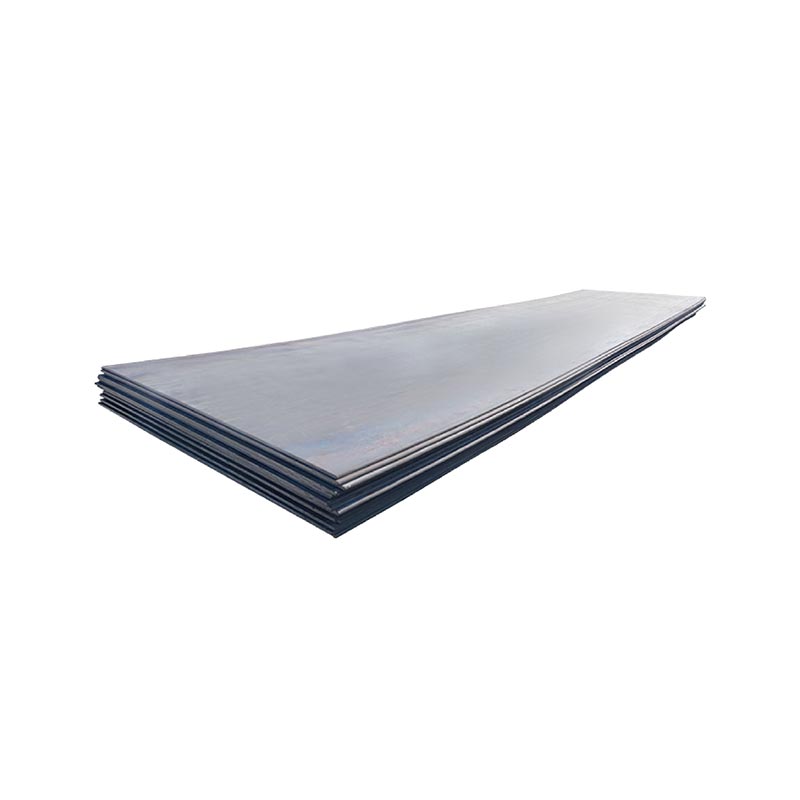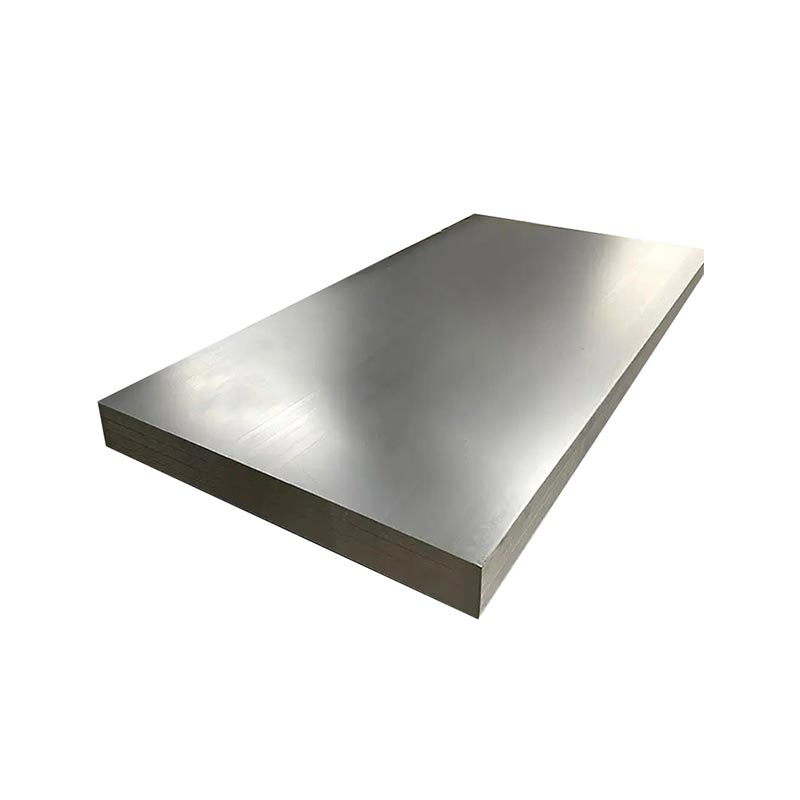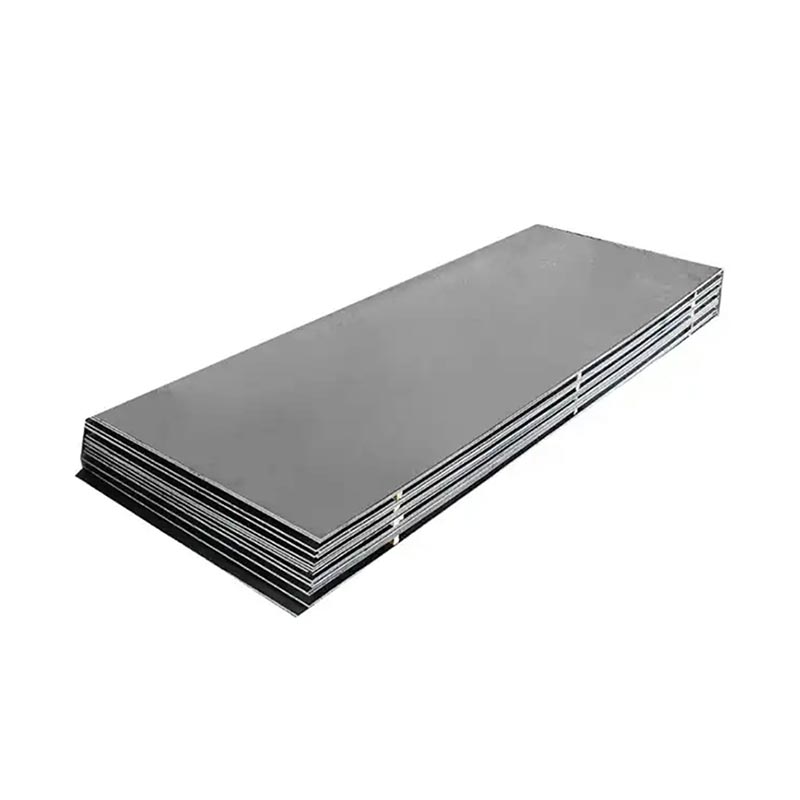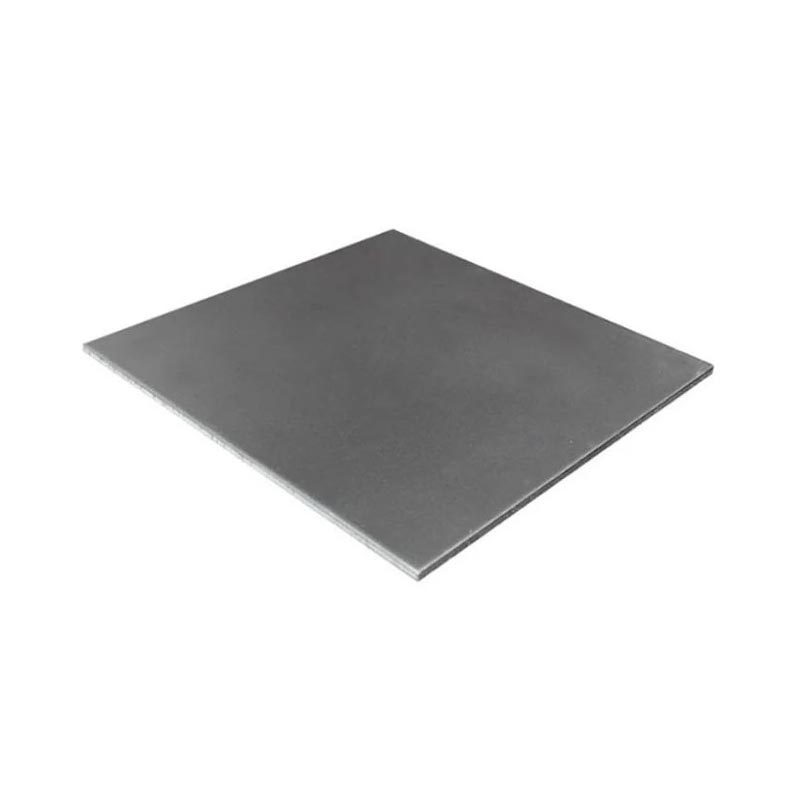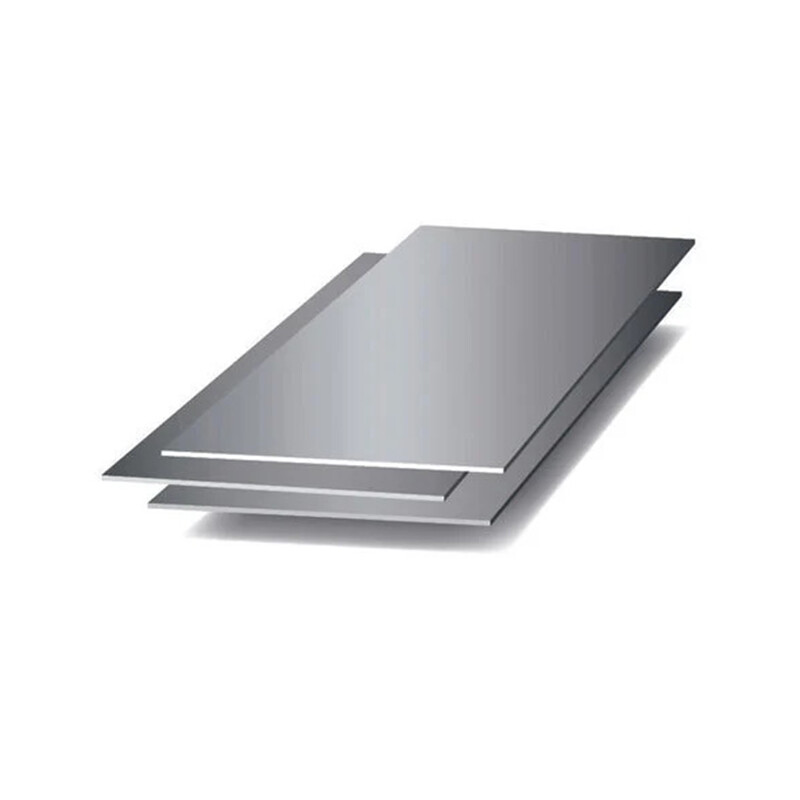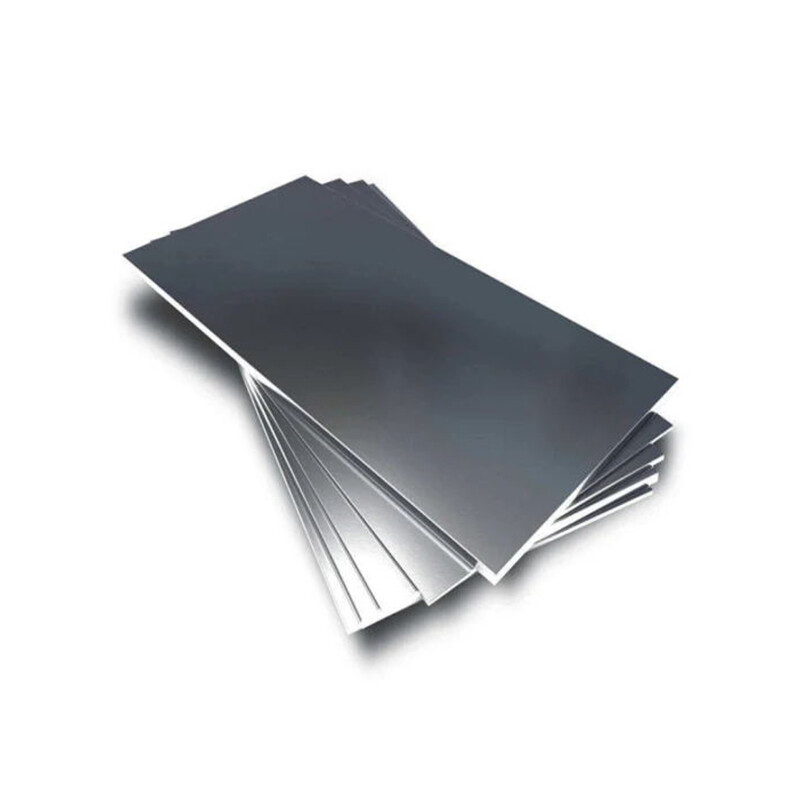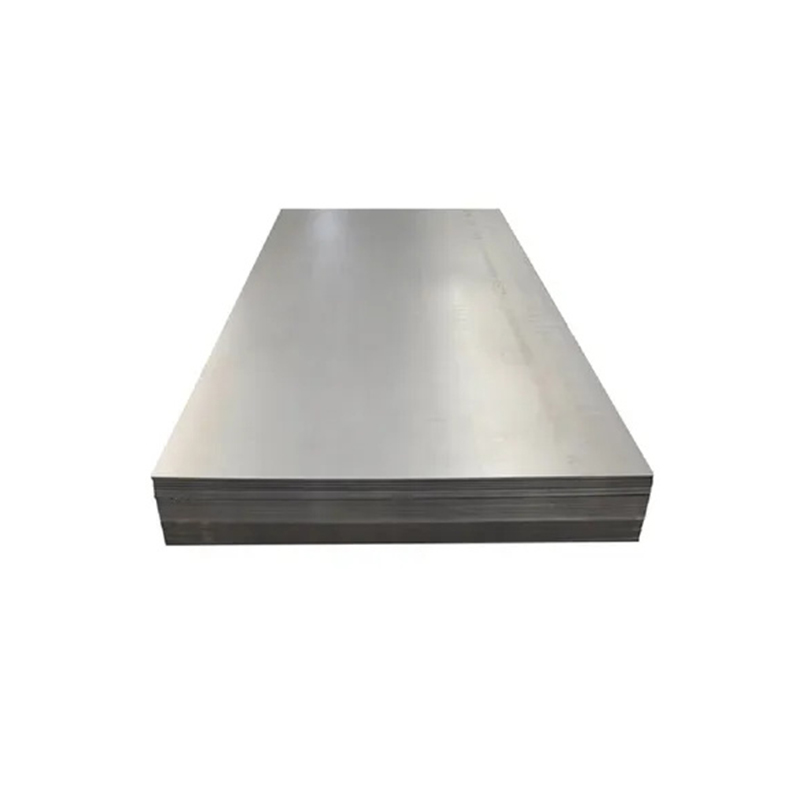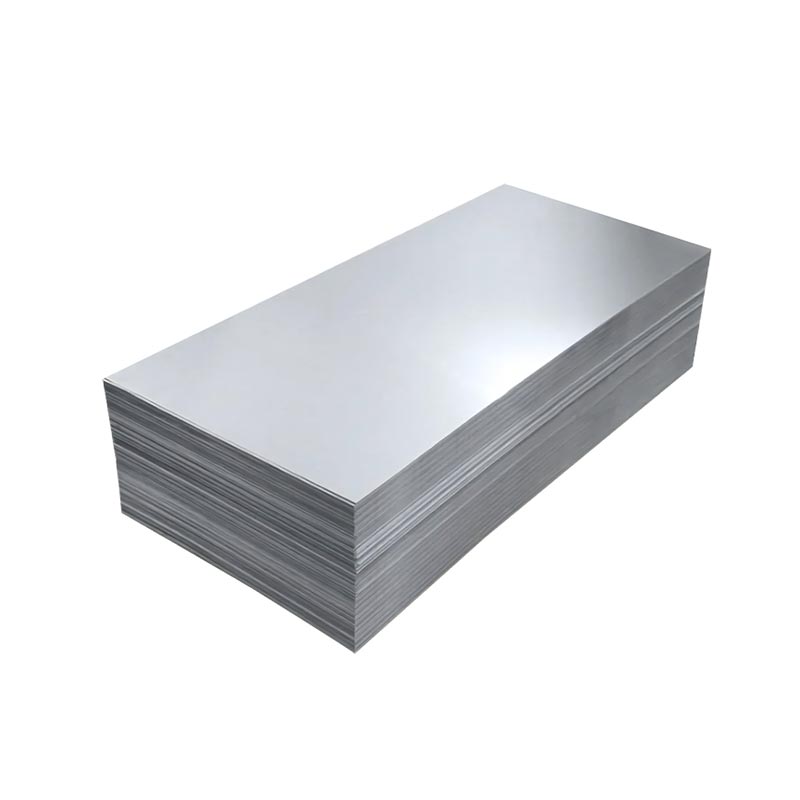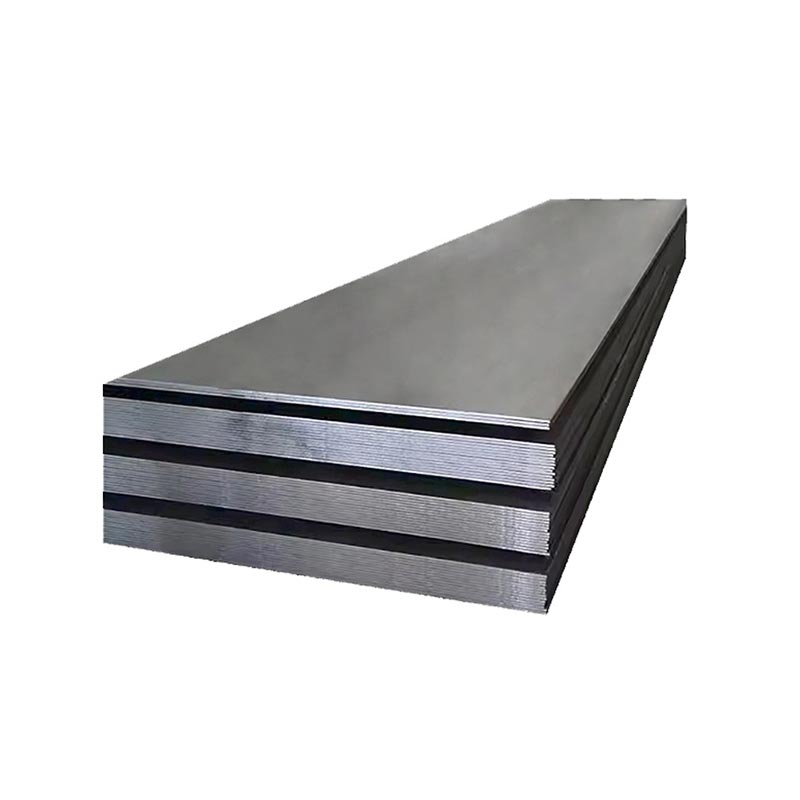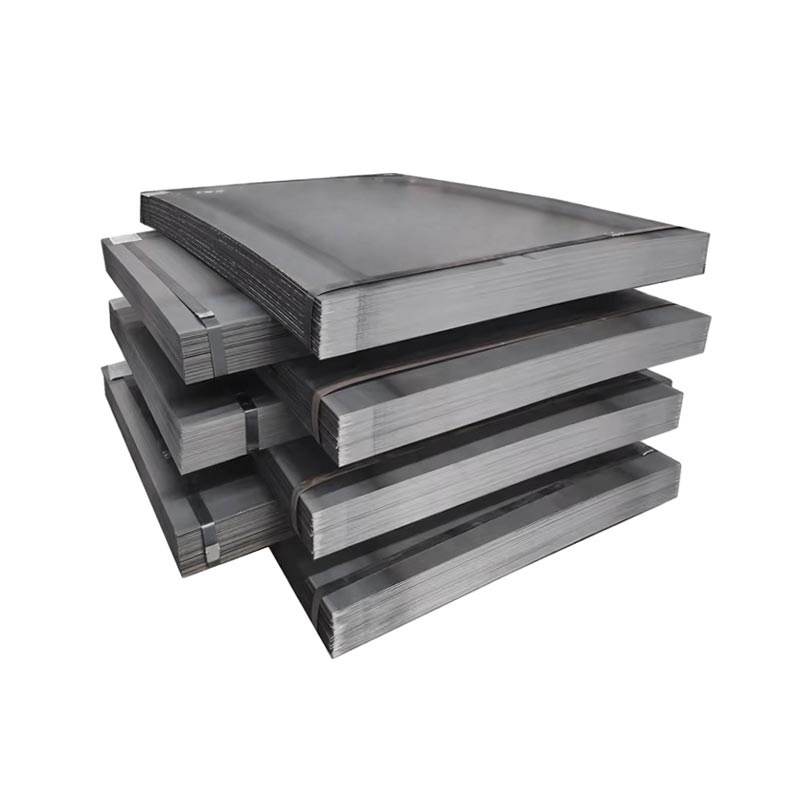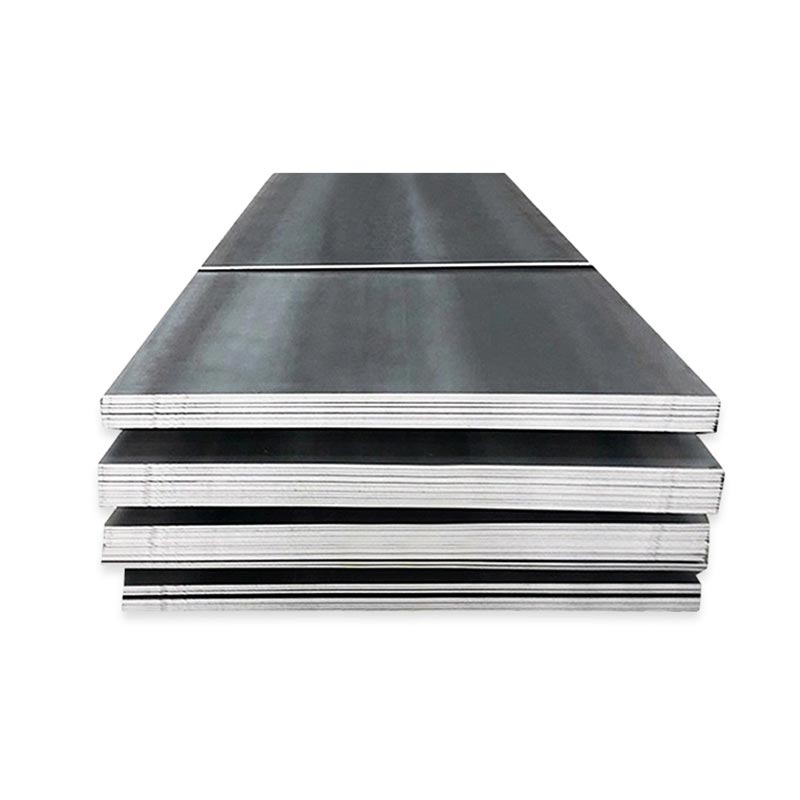Carbon Steel Plate
● A carbon steel plate is a flat sheet made from carbon steel, an alloy primarily composed of iron and carbon, with minimal other elements. It’s categorized by carbon content: low (≤0.25%), medium (0.25–0.6%), and high (>0.6%).
● Low-carbon plates offer ductility and weldability, ideal for construction or automotive parts. Medium-carbon variants balance strength and toughness, used in machinery. High-carbon types are hard but brittle, suited for tools or springs.
● Common grades include A36, S235JR, and A572. These plates vary in thickness, width, and finish, serving industries like construction, manufacturing, and energy for structural, industrial, or fabrication needs.
View Video
A283/Q195 Carbon Steel Plate
A283/Q195 Cold Rolled Steel Plate refers to cold-rolled steel meeting ASTM A283 (low-carbon structural) and GB Q195 (low-strength) standards. It has low carbon content, offering good surface finish and dimensional accuracy.
With moderate strength, excellent formability, and weldability, it’s easy to bend, stamp, or machine. Used in automotive parts, appliances, light structural components, and general fabrication where precision and workability matter. Ideal for applications needing smooth surfaces and tight tolerances.
With moderate strength, excellent formability, and weldability, it’s easy to bend, stamp, or machine. Used in automotive parts, appliances, light structural components, and general fabrication where precision and workability matter. Ideal for applications needing smooth surfaces and tight tolerances.
Get A Quick Quote!
You Can Leave Us A Message
or Send Us An Email!
Product Details
Product Parameters
Packaging and Transportation
Related Products
Leave Us Message
Please give us a message
What are you lookking for?

